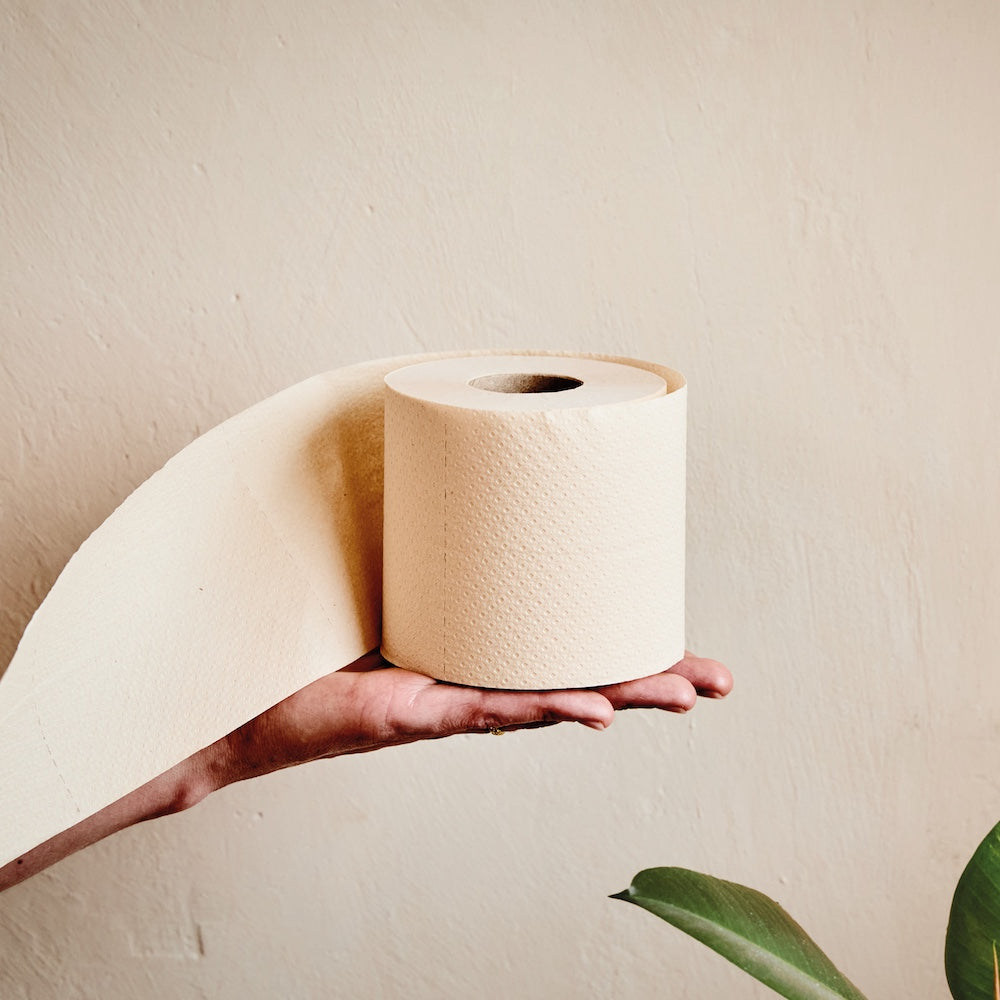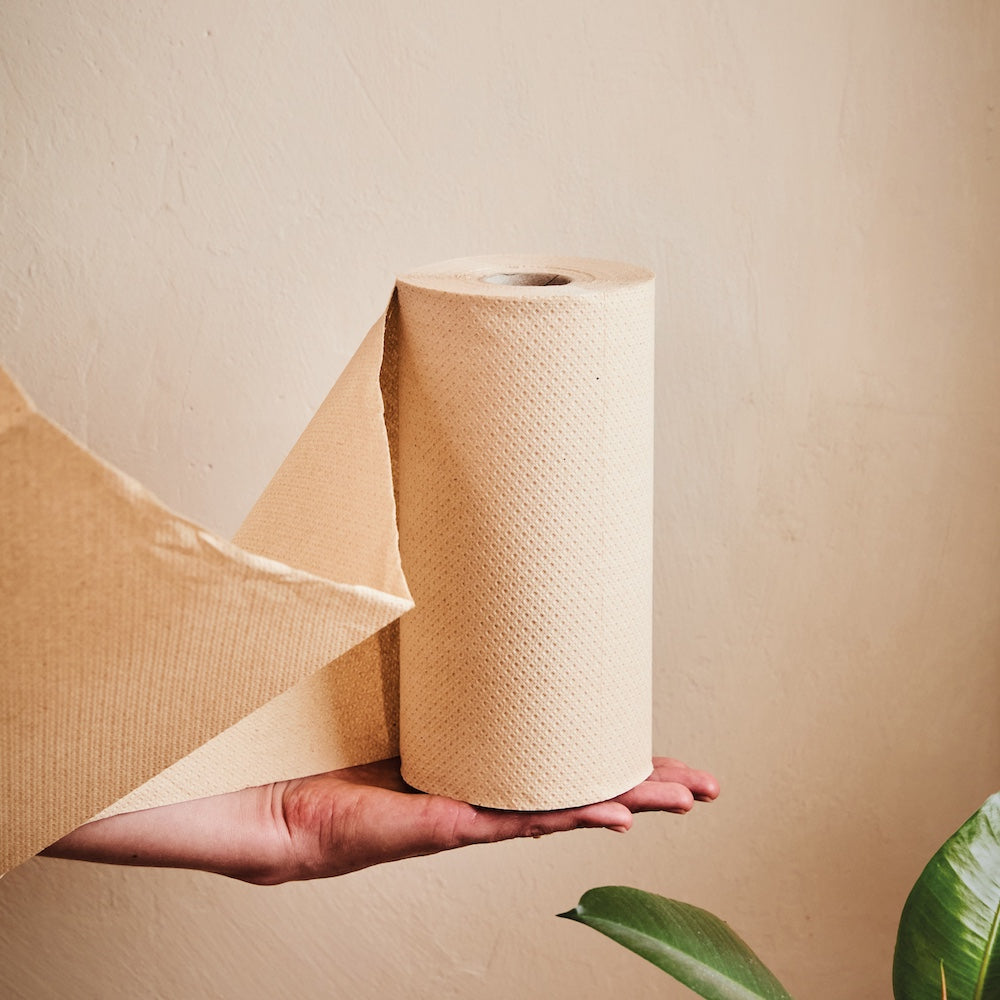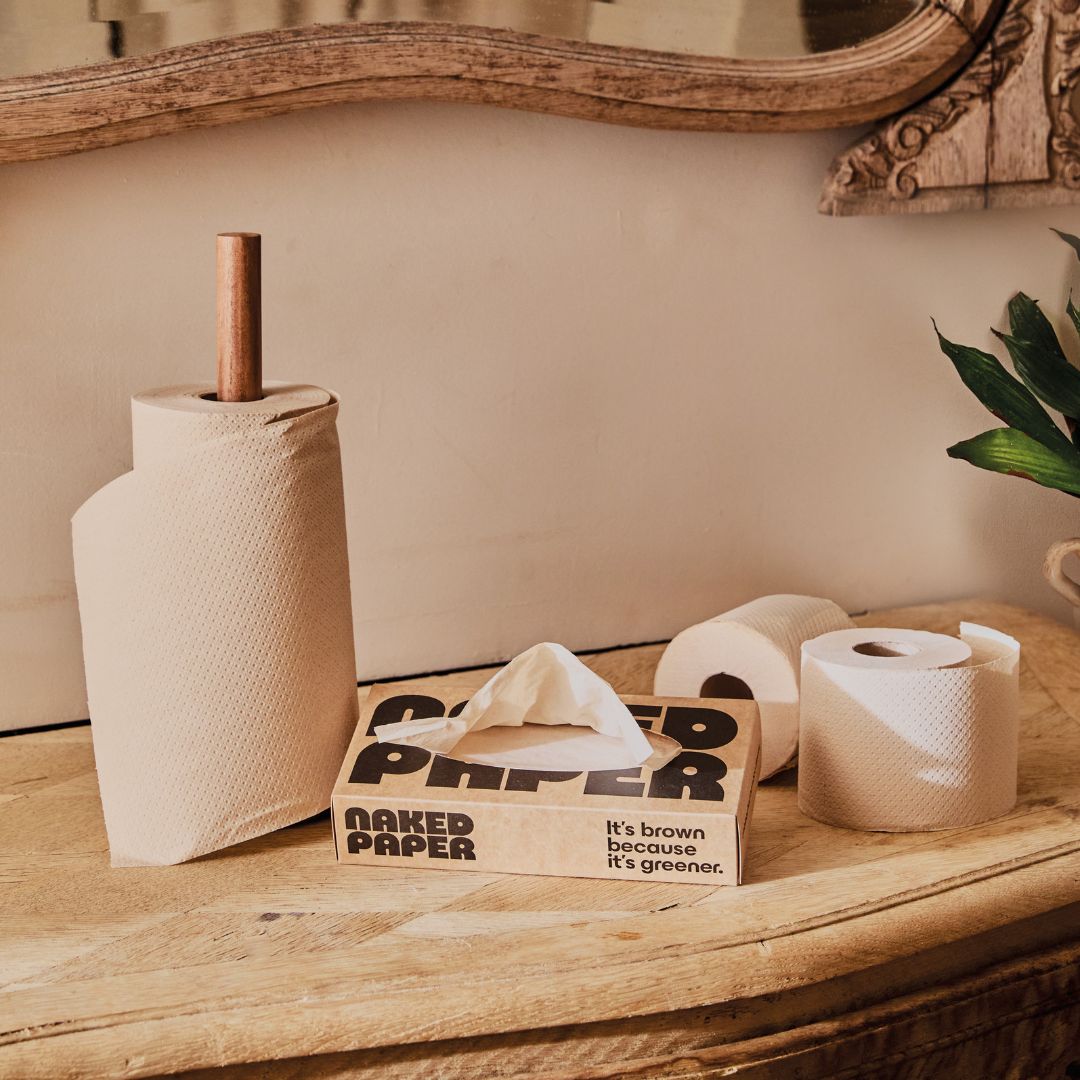Should you leave the toilet seat up or down?

Our series on the great debates in toilet rolls continues. We’ve looked at whether you should scrunch or fold toilet paper, the issue of overhanging and underhanging, and today we’re on our most controversial topic to date: Should you leave the toilet seat up or down?
This domestic dilemma has been the cause of countless arguments, weary sighs, and silent frustrations in households around the globe. Whether you’re living with a partner, sharing with housemates, or at home with your family, this issue has likely cropped up at least once. So let’s explore the ins and outs (or should we say ups and downs?) of toilet seat etiquette.
But first thing’s first, why do toilets have seats in the first place?

Who invented the toilet seat?
Toilets of one kind or another have been in use as far back as the ancient world, but toilet technology took a massive step forward with the invention of the flushing toilet in the mid-1800s. The toilets presented by George Jennings to a delighted public at the Great Exhibition in 1851 had wooden seats with hinges.
Since then toilet seats have seen various innovations; including in-built heating, soft-close mechanisms, and even padded seats! But the basic principle is unchanged since the Victorian era; nearly all of the toilets you’ll find in UK homes and businesses feature a hinged seat that means the toilet can be used from a standing or sitting position.
The whole “up or down” debate hinges on that hinge! Given the option, what’s the best way to leave a toilet seat after using it?

Why should you keep the toilet seat down?
First, let’s look at the argument for keeping the toilet seat down, generally advocated by those who sit to use the toilet.
If your usual position is a sit, a raised seat can be a hidden hazard. Pity the unwary toilet user who plonks themselves down to find their posterior met by cold porcelain instead of the comfy seat they were expecting! This is particularly problematic at night - there's nothing quite like stumbling half-asleep to spend a penny only to be rudely awakened by the unexpected chill of the bowl or, worse, a dip in the water itself.
There’s also an aesthetic argument to consider. Toilets are not the most pleasing to the eye in the first place, but a lowered seat makes the device look more finished and orderly. Could we go as far to say that leaving your toilet seat up is the same as leaving your belt undone? A stretch too far maybe, but you get the gist!

Why should you leave the toilet seat up?
On the flip side, there are those who argue that leaving the seat up is the more practical, efficient, or even the most equitable state for the toilet. For those who stand to pee, leaving the seat up is a matter of convenience. Why add an extra chore when nature calls? If the seat remains up, there’s nothing holding you back, and no more steps to worry about after you’ve flushed.
There’s also the issue of fairness - if the toilet seat is always kept in the down position, that means that those who prefer to stand need to adjust the position every time they pass water. No big deal, right? Wrong.
Think about the motion involved - lowering the seat requires little energy because gravity is there to give you a helping hand. This is particularly the case if you have one of the increasingly common soft-close mechanisms, which will take care of much of the job of lowering the seat with just a little nudge from you to get it started. By contrast, those who need to raise the seat are battling the laws of physics every time they spend a penny.

The stakes of the debate
When we weigh the arguments for and against its no wonder the issue of leaving the toilet seat up or down has divided households for decades. It’s such a big debate that pop-culture wiki TV tropes has a page with examples from film, TV, and other popular fiction of “Toilet Seat Divorce,” used as a catch-all term for a “situation where a marriage is threatened to be broken up over a suspiciously minor setback or argument.”
Clearly, if we want domestic harmony we should come to some agreement over proper seat settings. But with issues of aesthetics, comfort, practicality and even safety and fairness in play, and good arguments to be made on each side, we could use a tie-breaker.
Luckily, the toilet seat comes with its own peace-maker. Enter the lid.

Keeping a lid on it
Toilet lids have been around almost as long as seats, and the two components are generally hinged together - the Wikipedia page for “toilet seat” (yes, we’ve done our research) actually includes the lid as part of the overall seat unit.
Some households take advantage of this addition to break the stalemate of seat position, by adopting a “lid down” policy. This means that everyone puts both the seat and the lid down after using the toilet, before flushing. It keeps things tidy and ensures that the next user has to lift something, whether it’s the lid alone or the lid and seat together, meaning that everyone is making an effort towards a harmonious home environment.
And the lid down policy comes with one serious benefit - it’s more hygienic. When you flush a toilet with the lid raised you release a spray of microscopic water droplets into the air, known as "toilet plume." Toilet plume can contain bacteria and viruses, potentially landing on surfaces like toothbrushes, towels, and, yes, even you. Toilet plume will be ejected whether the seat is up or down, but scientific studies have found that lowering the lid before flushing can do a lot to prevent toilet plume, and reduce any risk of airborne contamination of the surrounding environment.

The final position
Case closed! Hopefully lids too…
Obviously it’s not the most serious debate of all time but it’s interesting how this stereotypically trivial issue has become such a well-known household battleground. The issue of toilet seat position touches on practicality, aesthetics, safety, and hygiene. Both sides of the argument present valid points, so if it’s a big issue in your house we’d suggest the “lid-down” policy as the fairest (and cleanest) solution all round.
But that’s just us! Whether you’re a staunch advocate for keeping the seat down or you see the practicality in leaving it up we wish you harmony in your bathroom, as well as sustainability! As always, a little understanding, communication, and maybe a touch of humour, goes a long way to making a happy bathroom and a happy home.
Want to try sustainable tissue products that everyone can agree on?




